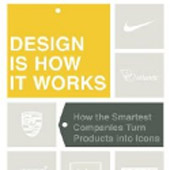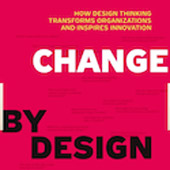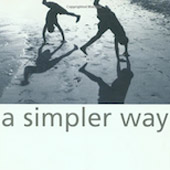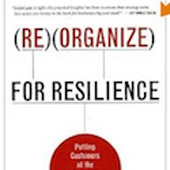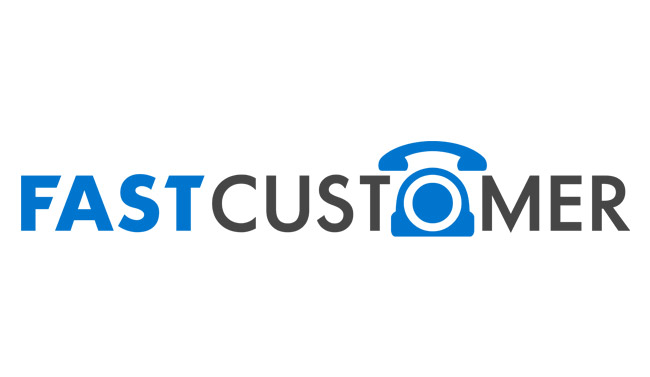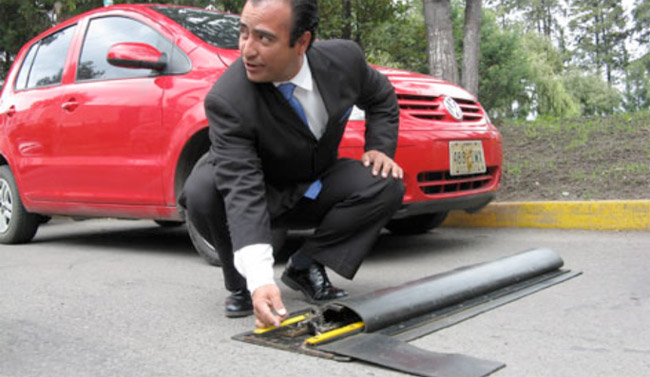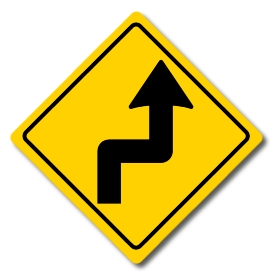Design Thinking
What You Are Already Doing
It’s easy for organizations to explain what they already are doing well for the customer. It’s often difficult for them to explain what they could have done better.
Customer Effort
It’s good that the world is paying more attention to the amount of effort that a customer must exert in order to do business with us. Nevertheless, there is still a lot more that companies should be doing. “Stop Trying to Delight Your Customers” (Dixon, Freeman, and Toman in the HBR, July-August 2010) introduces the […]
Customer-Centered Small Teams
I love it when institutions in traditionally stodgy industries transform themselves into juggernauts of innovation by being human-centered. The Center for Innovation (CFI) at the Mayo Clinic is one really successful example. It started with a small team.
The CFI began by applying an accepted model—testing new drugs in clinical trials—and asking why the same tests could not be done on doctor-patient interactions.
A Simpler Way
Author: Margaret J. Wheatley
Contributor: Myron Kellner-Rogers
Do You Hate Waiting on Hold?
So did the co-founders of FastCustomer.com! Now, instead of spending precious minutes listening to pre-recorded messages or “waiting on hold,” download the FastCustomer App or visit them online,.
Smart Speed Bumps
Decano Industries in Toluca, Mexico, is developing a “smart” speed bump. This speed bump measures the speed of the car driving over it and collapses if the car is going the appropriate speed.
Fashionably Safe
Hövding is a bicycle helmet cleverly disguised as a scarf. Instead of having to wear the classic helmet to protect your skull from injury
A 3D Look Into the Future
The Customer 3D™ system approaches the future the way the design thinkers do. Customer-centered champions recognize that solutions are simply better iterations of today’s reality; but they also understand that even better models can be found by continuing to experiment with new approaches that will add even greater value in the future.
Not Questioning Enough
Companies must open windows to new service design ideas in an effort to connect with customers. Leaders in high-performing organizations must aggressively question “not broken” processes that appear to be “working” in order to discover how they can be further improved. Today’s approach to customer relations has to go beyond an “absence of problems” mentality to embrace innovation in order to stay ahead of the competition.
Customer Effort
A great measure of an organization’s focus on customer success is how customers perceive their Return on Effort. High-performing companies are always searching for ways to design more user-friendly processes. This goal of reducing customer effort can best be achieved in a “question-everything” organizational culture.
Sharing with Customers
A culture of sharing reinforces the belief that you and your customers have a common purpose. And this spirit of collaboration translates into a message that these customers can trust you to work on their behalf. It is empowering, both for employees and customers.
The Milkshake Mistakes
By being customer-centric, you will you position yourself to notice things that you hadn’t noticed before. Your creativity will increase and so will your proactivity in designing new ideas for customers.
Visual Thinking
All organizations should have a clean, clear vision of how they look to their customers—a 3D version that includes every aspect of the relationship. It doesn’t just happen. The organization must create a system to “shine a light” on itself in order to be useful to the customer.
Don’t Paint by the Numbers
Formulaic lists about how to succeed in business are too prescriptive. Instead, go back to the basic needs that your customers are asking to be filled and work forward from that point. Produce intelligence that leads to meaningful answers about how the customer will prosper.
Customer Emergence
Design thinking is purposeful. It is the optimistic way of the future, focused on discovering and implementing new ideas for customers. In fact, design thinking can only be successful when it approached with a positive bias for customers.
Creating Customer-Centered Ideas
Our success in generating innovative customer-centered thinking becomes stronger when our "ability to make new combinations is heightened by our ability to see relationships.” As in a kaleidoscope. new patterns develop and create exciting combinations when the variety of experiences that our teams bring to the search lead to fresher ideas within our organizations.
Unmet Customer Needs
Tomorrow’s success does not come from yesterday’s thinking. Dramatic change can only happen through commitment to a heuristic system which enables organizations to focus on designing products and services driven by customers’ needs.










